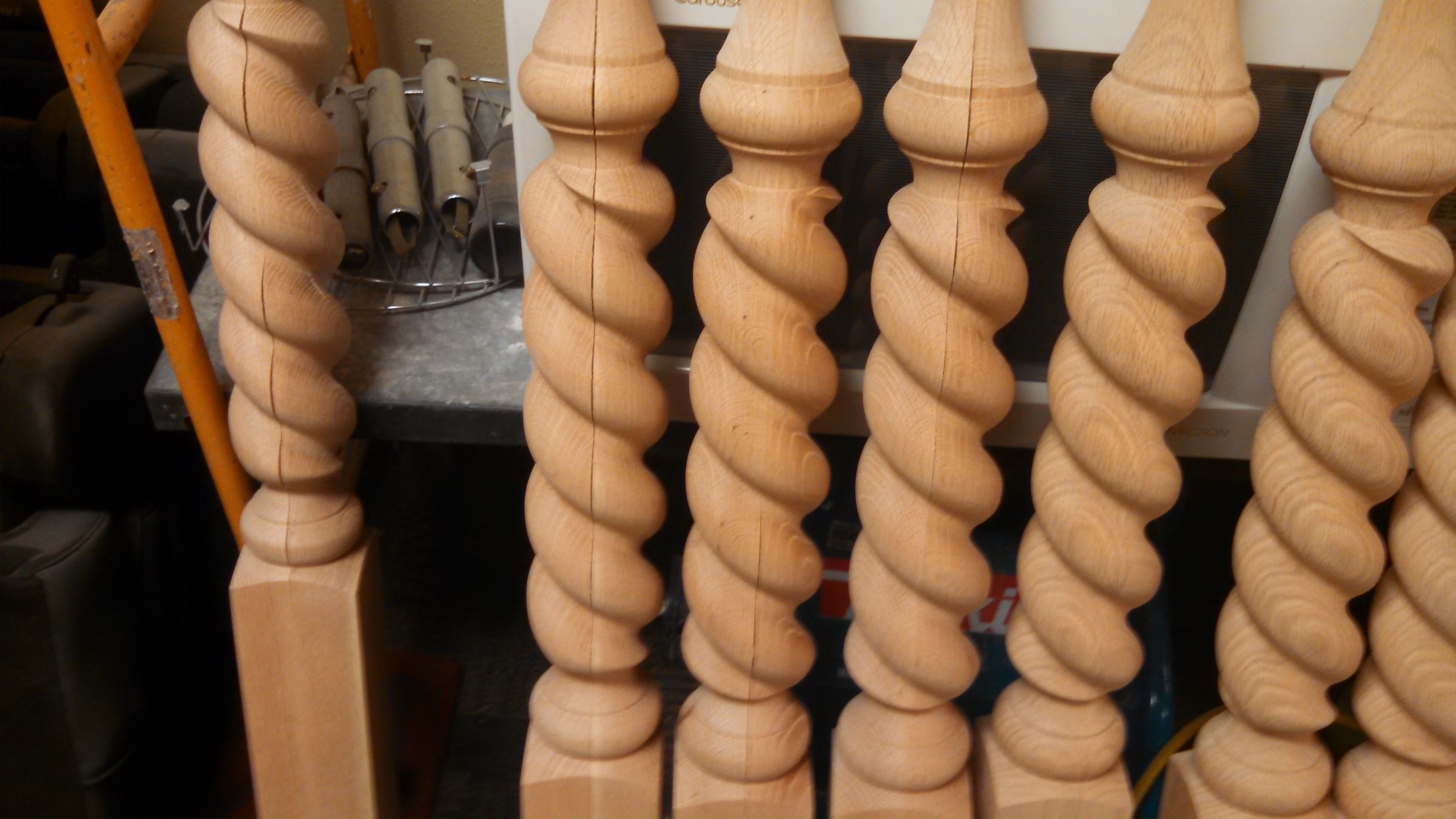Probably 99.9% of 8/4 oak is dried by air drying first. So, if the weather for one month is very bad--low RH, warm, windy--then a lot of the oak put on the year at that time will be at risk of damage. So, it would not be unusual to see that several suppliers in a region would have the same issue. But, it is only those suppliers that consistently follow poor air drying practices that will have lots of honeycomb throughout the year. However, at the same time these folks are having trouble, there are many others that are careful and do not have any issues in any weather (or maybe just 2% of the pieces with some honeycomb). In short, 8/4 has a much higher risk of HC than 4/4, so the practices that work for 4/4 in an air yard need to be modified when drying 8/4. The best suggestion is to air dry 8/4 oak in a partially closed shed.
In your case, being in Louisiana, I would be concerned about southern oak, as we do know that southern oak has a much greater risk of checking and HC than northern or Appalachian. (If the rings are more than 1/4" wide, then we class it as southern oak, from a drying perspective.) In fact, in the South, we often see that mills will not cut thick oak in the three summer months, as even the best practices in air drying may not fully control checking and HC.
